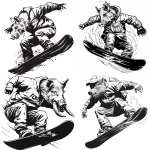Explore the Best AI Image Gallery
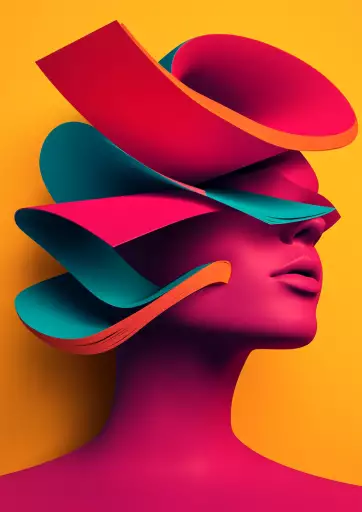
Reimagining Vision: How AI is Transforming Product Photography
The world of product photography is undergoing a significant transformation, fueled by the rise of artificial intelligence (AI). From automating tedious tasks to generating stunning visuals, AI is reshaping the creative landscape and empowering businesses to showcase their products in captivating new ways. This blog post delves into the exciting potential of AI in product photography, exploring its applications, ethical considerations, and future trends.
The Creative Canvas: Where Technology Meets Artistic Vision
AI is not about replacing human creativity; its about augmenting it. Tools powered by machine learning algorithms can assist photographers in various aspects of the process, freeing up their time and energy to focus on the artistic vision.
- Automated Background Removal: AI-powered software can seamlessly isolate objects from their backgrounds, saving hours of manual editing.
- Image Enhancement and Retouching: Algorithms can automatically adjust lighting, contrast, and sharpness, refining images to perfection.
- Style Transfer: AI can apply the artistic style of a famous painting or photograph to a product image, creating unique and eye-catching visuals.
- 3D Product Visualization: AI can generate realistic 3D models from existing images, allowing customers to view products from multiple angles and explore their details.
Applications Across Industries
The impact of AI in product photography extends across diverse industries:
- E-commerce: AI-generated images can enhance product listings, improve conversion rates, and create a more engaging online shopping experience.
- Fashion and Apparel: Virtual try-on experiences powered by AI allow customers to visualize clothing on themselves before purchasing, reducing returns and increasing customer satisfaction.
- Real Estate: AI can enhance property photos, highlighting key features and creating virtual tours that showcase the beauty of homes.
- Automotive: AI-powered tools can generate 360-degree views of vehicles, allowing customers to explore every detail from the comfort of their homes.
Navigating Ethical Considerations
As with any powerful technology, its crucial to consider the ethical implications of AI in product photography:
- Transparency and Disclosure: It is important to be transparent with consumers about the use of AI in image creation.
- Bias and Fairness: AI algorithms can sometimes perpetuate biases present in training data, leading to unfair or inaccurate representations.
- Ownership and Copyright: The question of ownership and copyright for AI-generated images remains a complex legal and ethical challenge.
Future Trends: Where AI Photography is Headed
The future of AI in product photography holds immense promise:
- Hyper-Personalization: AI will enable the creation of personalized product images tailored to individual customer preferences.
- Augmented Reality (AR) Integration: AI-powered AR experiences will allow customers to interact with virtual product representations in real-world environments.
- Predictive Analytics: AI can analyze consumer data to predict popular product features and trends, informing product design and marketing strategies.
Conclusion
AI is undoubtedly transforming the landscape of product photography, empowering businesses with innovative tools to create captivating visuals and enhance customer experiences. As AI technology continues to evolve, we can expect even more creative and impactful applications in this dynamic field. By embracing ethical considerations and fostering responsible innovation, we can unlock the full potential of AI to revolutionize how products are presented and perceived.
](https://images.ai-img.art/thumbnails/150/738b292720ee21b57673dfb75ad851f4c34d16f5006ae3027ba685feaddb6b04.webp)




](https://images.ai-img.art/thumbnails/150/05b3252b3f681226a3df9027b069db31c005f91b72257a74367c4102f03a2ba0.webp)
](https://images.ai-img.art/thumbnails/150/83ec831b9fb19e0db5a520b051b9556f3f594b87acc957ffee094a06a565e6f0.webp)


](https://images.ai-img.art/thumbnails/150/807ac97f95d56e8cc7cf714e13299d80bf6bcb5b4d80b77a7f06f30246184943.webp)


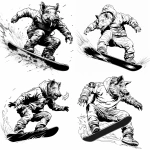
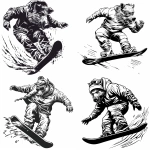


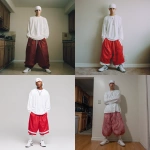






](https://images.ai-img.art/thumbnails/150/908bcb9950a44fd4b37d1a84cf00178988cea9507738d7ad4f92707c692461ef.webp)
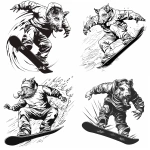

](https://images.ai-img.art/thumbnails/150/3ccc82ef0ad0cc1ab1dfb5b8e6bc37924fcad45dadf41cbd1cb21d19fc7f640a.webp)

](https://images.ai-img.art/thumbnails/150/69d81ae5ecde297f3c11da78435c5fc00fbac7b00e2c7ccd89d7bbeb014e0541.webp)





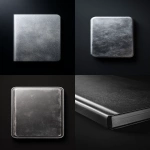
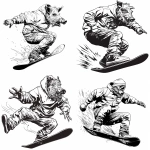


](https://images.ai-img.art/thumbnails/150/57afc09cc38edf73880f760b7ebe1852c5522c6b4051836717b2e56b6f7f913c.webp)
](https://images.ai-img.art/thumbnails/150/fc468fe14407b96489933a55227127071fd5f6c0505be74ca4dcb2f1e2fa3771.webp)






